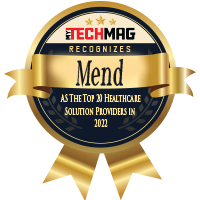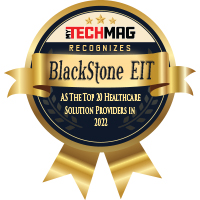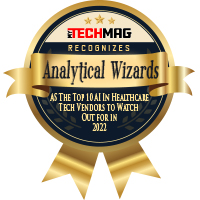
 Today the surgical systems are expensive, not easy to transport or contain futuristic controls that are very different from the real robotic systems used in surgery. Aware of these pain points, Surge-on Medical started shaping their own VR trainer to offer more value to the users. The resulting idea, the PoLaRS-VR system, is created to be affordable and portable, can be used to mimic different kinds of instruments from different surgical robot platforms, and will have proved training tasks trained with tactile feedback.
Today the surgical systems are expensive, not easy to transport or contain futuristic controls that are very different from the real robotic systems used in surgery. Aware of these pain points, Surge-on Medical started shaping their own VR trainer to offer more value to the users. The resulting idea, the PoLaRS-VR system, is created to be affordable and portable, can be used to mimic different kinds of instruments from different surgical robot platforms, and will have proved training tasks trained with tactile feedback.
The system’s software is presently under development and is getting ready to validate hospitals in the Netherlands and Germany. The study’s launch conducted with students and experts is planned for the end of July 2020 and will include various pick-and-place tasks with a focus on safe tissue handling and prevention of collisions during complex tissue and tool manipulations.
“We’re in the final hours of our equity crowdfunding campaign. In last week’s article, we gave an overview of what Surge-on Medical has achieved so far,” says representatives of the company. “Now, we’ll give you a peek in our R&D department, showing that Surge-on Medical’s multi-patented platform technology opens a full range of innovative products.”
This contains two essential messages for potential investors: product diversification increases the total addressable market size (which relates to higher expected revenues) and will also reduce risks by allocating the responsibility for success to a whole portfolio of products.
Surge-on Medical and the “Sustainable Surgery” research line of the Delft University of Technology are working on a unique type of desk trainer for laparoscopic robot surgery. This trainer permits students and residents to control different kinds of instruments and robot platforms and has tactile contact feedback that points towards when task materials that should be avoided are touched.
PoLaRS-VR features the steerable laparoscopic graspers incorporated by Surge-on Medical concerning the 7 Degrees Of Freedom (DOF) robotic controls. More advanced instruments will be continued in the future. “What we now see is that the options for students to train their robotic surgical skills are limited. Only a few training centres provide robotic training and even fewer have a robotic system in-house that can be used for training. Therefore, residents and surgeons typically must do a course abroad,” mentions Surge-on Medical’s CTO Tim Horeman. “As robotic surgery will become the standard in the near future, it is better for medical students to develop and maintain their technical skills now. With the PoLaRS-VR we aim to provide a practical training system that allows more future surgeons to train in advanced robotic surgery whenever needed.”
In addition to robot training, Surge-on Medical’s R&D efforts particularly continue towards the development of minimally invasive surgical (MIS) instruments. These instruments are based on their multi-patented platform technology, which adds steerability, detachability, and cleanability to this new innovative surgical instrumentation line.
In the past few months, future products were carefully picked on a combination of market size, technical usefulness, and added value for the surgeon and patient in the chosen type of surgery. The Steerable Grasper for laparoscopic surgery has been in the advanced prototype phase since 2019; in 2020 and 2021, the company will also work on the product roadmap for arthroscopic minimally invasive instruments. The Surge-on Medical team has reached the first milestone of reducing the instruments’ diameter from 5 to just 3 mm, a prerequisite for ENT surgery and other types of surgery.






